Where have all the birds gone?
Kimberly Marie
6 years ago
Featured Answer
Sort by:Oldest
Comments (36)
Kimberly Marie
6 years agoRelated Discussions
where have they gone...where have they gone
Comments (6)Michael you are still good for a laugh ... as I look at the gothic roll call intro from a monty python slant ... "bring out the dead" would be my chant as I make my rounds with my wagon and my bell clanging ... they will not come back ... and besides the new are vibrant and exciting group thirsting for knowledge and shared experiences .. the valued and noble others have gone on to origami....See MoreJust when I thought the birds were all gone
Comments (5)We have loads of chickadees, we love them. Right now there are lots of nuthatches, bluejays and woodpeckers. I do put food out all winter, though mostly for the tiny red squirrels and the occassional sleepy chipmunk looking for a snack. I come from the land of huge gray squirrels, but even my mom likes these. And they only have so much territory. The bluejays can go to the next yard. I do wish a cardinal or two would visit. I'm working on getting the place covered w/critter friendly plants....See MoreWhere Have All the Butterflies Gone?
Comments (5)I did see cabbage whites today, and I have two toddlers of BST on my fennel. Yeah! So, they've been around, I just haven't seen them. My passion flower is just peeking out of the soil, so soon I'll have the frits. I had one BST on my Rue finally, but it disappeared, so I assume the birds got it. No GSTs yet. Numbers really are down right now. Maybe they're just getting ready for a big swarm, right? Keep me posted on your sightings. Susan...See MoreWhere have all the birds gone in Illinois
Comments (2)This is a weird time of year. There are abundant natural sources of food right now, so the birds are just off feeding somewhere else. Once the weather starts to get cold, you should see your usual birds coming back to the feeders. I was just at the local conservation area, where there are usually tons of birds and waterfowl. The place was practically deserted....See MoreZachS. z5 Platteville, Colorado
6 years agoKimberly Marie
6 years agocatherinet
6 years agoKimberly Marie
6 years agoZachS. z5 Platteville, Colorado
6 years agolast modified: 6 years agoKimberly Marie
6 years agoPat Z5or6 SEMich
6 years agoKimberly Marie
6 years agoPKponder TX Z7B
6 years agoellaboobella
6 years agoPat Z5or6 SEMich
6 years agoellaboobella
6 years agoPat Z5or6 SEMich
6 years agocatherinet
6 years agoPKponder TX Z7B
6 years agoellaboobella
6 years agoZachS. z5 Platteville, Colorado
6 years agokatsmah
6 years agoZachS. z5 Platteville, Colorado
6 years agoBlue Onblue
6 years agoellaboobella
6 years agoKimberly Marie
6 years agowwinnieie
6 years agolast modified: 6 years agocatherinet
6 years agoZachS. z5 Platteville, Colorado
6 years agolast modified: 6 years agoUser
4 years agoLinda Kurgan
3 years agoHU-314718362
last yearAnna Devane
last yearcatherinet (5IN)
last yearHU-900069812
last month
Related Stories
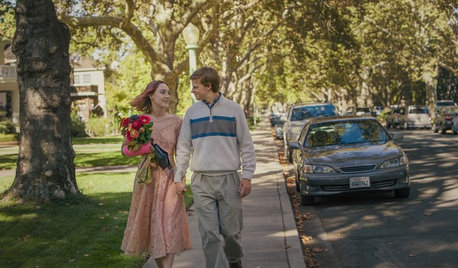
LIFEIn ‘Lady Bird,’ Home Is Where the Heart Is
The Oscar-nominated film puts Sacramento, California, in the spotlight and celebrates the hometown ties that bind
Full Story
GARDENING FOR BUTTERFLIESBring on the Birds: Natural Habitat Ideas for Gardens of All Sizes
Provide nesting, watering and perching spots inspired by the Costa Rican jungle and watch the birds flock on over
Full Story
GARDENING GUIDESBackyard Birds: Northern Cardinals in the Snow, and Other Red Birds
Brilliant crimson feathers make these friends stand out in a crowd
Full Story
DECORATING GUIDESWhere to Splurge and Where to Save When Decorating
See where it makes sense to invest in durable essentials and focal pieces, and where to economize on other things
Full Story
GARDENING GUIDESWhat’s in a Name? See 6 Wildflowers That Aren’t ‘Weeds’ at All
Dispel the stereotypes of weeds and try these wildlife-supporting native wildflowers in your garden
Full Story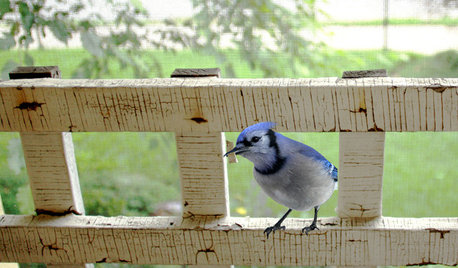
GARDENING FOR BIRDSBackyard Birds: Meet Some Clever and Curious Jays
Boisterous jays provide plenty of backyard bird-watching in winter. Here’s how to identify all the varieties and welcome them into your yard
Full Story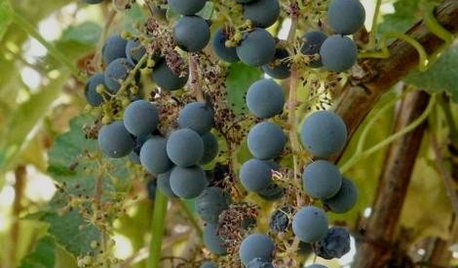
GARDENING GUIDESGreat Design Plant: Try California Wild Grape for Interest All Year
Sure, it’s stunning in fall. But the spring buds, summer grapes and gnarled winter vines are gorgeous too
Full Story
DECORATING GUIDES11 Tips for Picture-Perfect Mantel Styling All Year
The garland is gone; the holly is history. But you can keep your mantel arrangements artful no matter which decorations you choose next
Full Story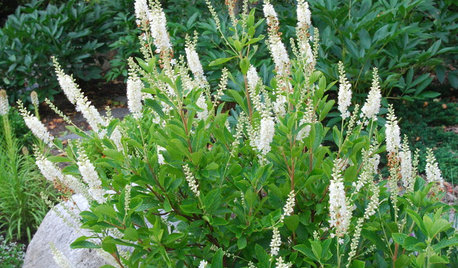
GARDENING GUIDESGreat Design Plant: Coastal Sweet Pepperbush Perfumes Gardens All Year
Bottlebrush blooms, gorgeous fall color and delightful fragrance give this U.S. native shrub 4-season appeal
Full Story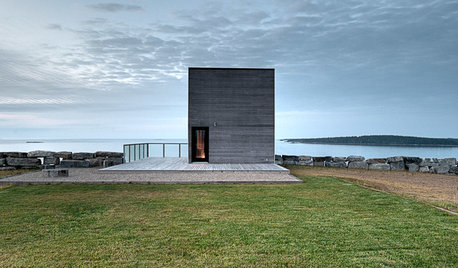
ARCHITECTUREAll the Possibilities: 4 Homes at the Edge of the Earth
Travel to the far reaches of land, where these residences straddle rocky cliffs, leafy lakeshores and choppy inlets
Full Story



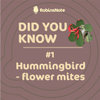
Blue Onblue